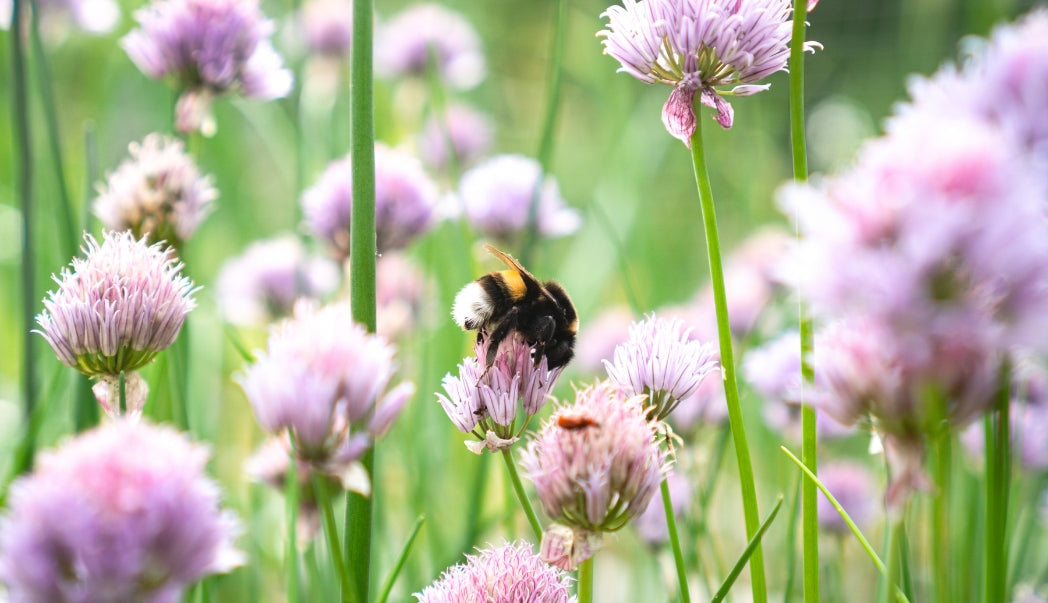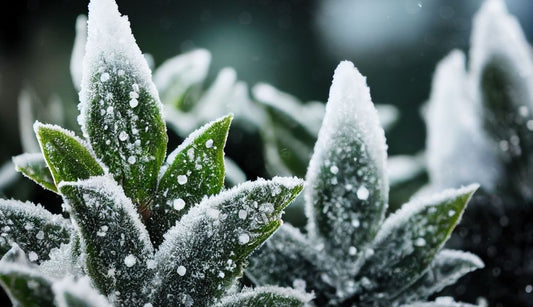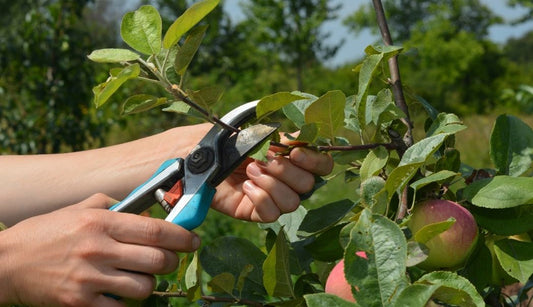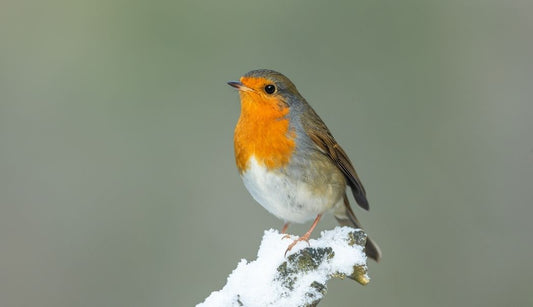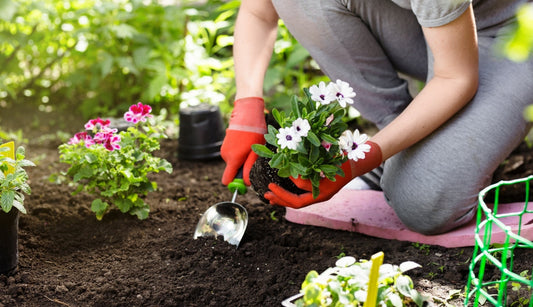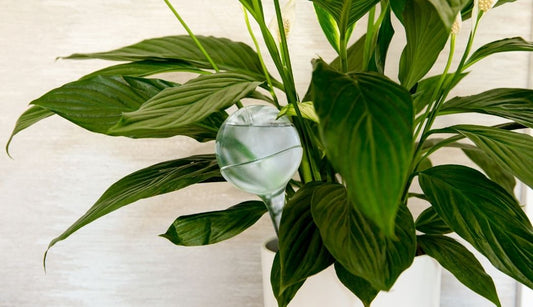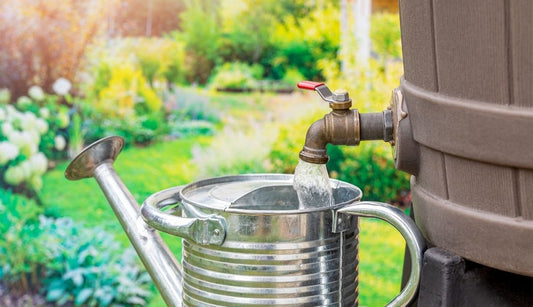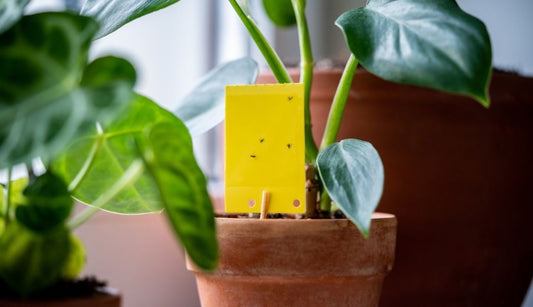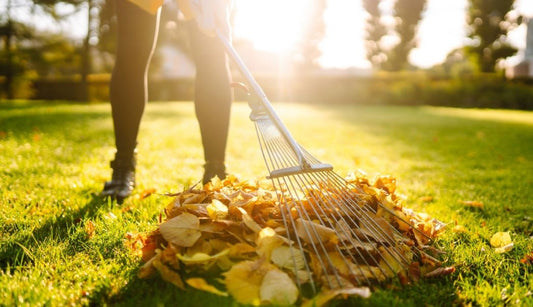A garden alive with bees, butterflies and other pollinators is a beautiful sight, and it plays a vital role in supporting the natural world. Pollinators help fertilise plants, ensuring we have fruit, vegetables and flowers year after year. With a few thoughtful choices, you can turn any outdoor space, large or small, into a thriving haven for these essential creatures.
Here’s how to create a pollinator-friendly garden that looks stunning and gives nature a helping hand.
Choose a variety of pollinator-friendly plants
Pollinators are active from early spring to late autumn, so the key to supporting them is providing a continuous supply of nectar and pollen throughout the year. Choose plants that flower at different times and offer open, accessible blooms.
Spring
Spring is when bees and butterflies first emerge, so early blooms are essential. Good options include:
-
Crocus
-
Primroses
-
Lungwort (Pulmonaria)
-
Forget-me-nots
-
Flowering currants (Ribes)
Summer
Summer is the busiest season for pollinators. Fill your borders with bright, nectar-rich flowers such as:
-
Lavender
-
Foxgloves
-
Catmint (Nepeta)
-
Verbena bonariensis
-
Echinacea
-
Buddleia (known as the butterfly bush)
Autumn
As the weather cools, food becomes scarcer, so late-flowering plants are crucial. Try:
-
Sedum (Stonecrop)
-
Michaelmas daisies (Aster)
-
Ivy (Hedera helix)
-
Dahlias (single-flowered varieties)
-
Helenium
Including a mix of annuals, perennials, shrubs and climbers will attract a range of species and ensure something is always in bloom.
Pick the right plant types
Not all flowers are equally useful to pollinators. Bees, for example, find it hard to reach nectar in heavily bred double-flowered plants. Instead, choose single-flowered varieties where the pollen and nectar are easy to access.
Native plants are often best suited to local wildlife. Wildflowers like oxeye daisy, cornflower, field scabious and wild marjoram are especially popular with bees and butterflies. Even a small patch or container of wildflowers can make a difference.
Think beyond flowers
While nectar-rich blooms are essential, pollinators also need shelter, nesting spots and water. Creating a diverse garden with different plant heights, textures and habitats will make it more inviting.
Add shelter and nesting spots
-
Hollow stems and dead wood offer nesting sites for solitary bees.
-
Bee hotels are a simple way to support these species. Place them in a sunny, sheltered spot.
-
Hedges and dense shrubs provide safe places for rest and protection from wind and predators.
Provide a water source
Pollinators need water for drinking and cooling. A shallow dish filled with pebbles and water makes an ideal bee bath. Change the water regularly to keep it clean.
Create colour and diversity
Pollinators are attracted to bright colours, particularly blues, purples, pinks and yellows. When planning your planting scheme, group similar flowers together rather than scattering them around. This makes it easier for pollinators to locate nectar-rich areas.
Variety is key. A garden with trees, shrubs, flowers, grasses and herbs will attract a wider mix of species. Herbs like thyme, rosemary, oregano and sage are especially good, and they’re useful in the kitchen too.
Avoid pesticides and chemicals
Chemicals can harm the very insects you’re trying to attract. Instead of using pesticides, try natural pest control methods:
-
Encourage ladybirds, lacewings and hoverflies, which feed on aphids.
-
Use barriers like mesh or fleece to protect vulnerable plants.
-
Choose disease-resistant plant varieties to reduce the need for sprays.
If you must use treatments, apply them sparingly and at times when bees are less active, such as early morning or evening.
Design tips for a pollinator-friendly garden
You don’t need a wild meadow to support pollinators, even a balcony, patio or window box can help. Here are a few ideas for every type of garden.
For small gardens and patios
-
Use pots and containers filled with pollinator-friendly plants like lavender, cosmos and salvia.
-
Grow climbers such as honeysuckle or clematis to add vertical interest.
-
Leave a small patch of soil or sand for solitary bees to nest.
For larger gardens
-
Create wildflower borders or a small meadow area.
-
Add a hedgerow of mixed native species like hawthorn, hazel and dog rose.
-
Let parts of your lawn grow longer in summer to provide habitat and food for insects.
For all gardens
-
Include a few night-scented flowers like evening primrose or jasmine to attract moths.
-
Keep some fallen leaves in autumn for overwintering insects.
Every little effort adds up. Even small changes help pollinators thrive.
Encourage year-round interest
A truly pollinator-friendly garden doesn’t just buzz in summer, it supports wildlife all year round. In winter, insects rest and hibernate, so it’s important not to tidy too much. Leave seed heads, dead stems and leaf piles until spring to give them shelter.
You can also grow evergreen shrubs and winter-flowering plants like mahonia and hellebores to provide food in the colder months.
Enjoy the results
Creating a pollinator-friendly garden brings life, colour and movement into your outdoor space. You’ll soon notice bees working busily among your blooms, butterflies drifting through the garden and perhaps even the gentle hum of hoverflies.
Not only does it help the environment, but it also makes your garden more beautiful and rewarding. Every flower planted and every pesticide avoided makes a difference.
So, whether you’re transforming a border, planting a few pots, or simply letting a patch of grass grow wild, you’re helping to create a small sanctuary for nature, one that hums, flutters and blooms all year long.
